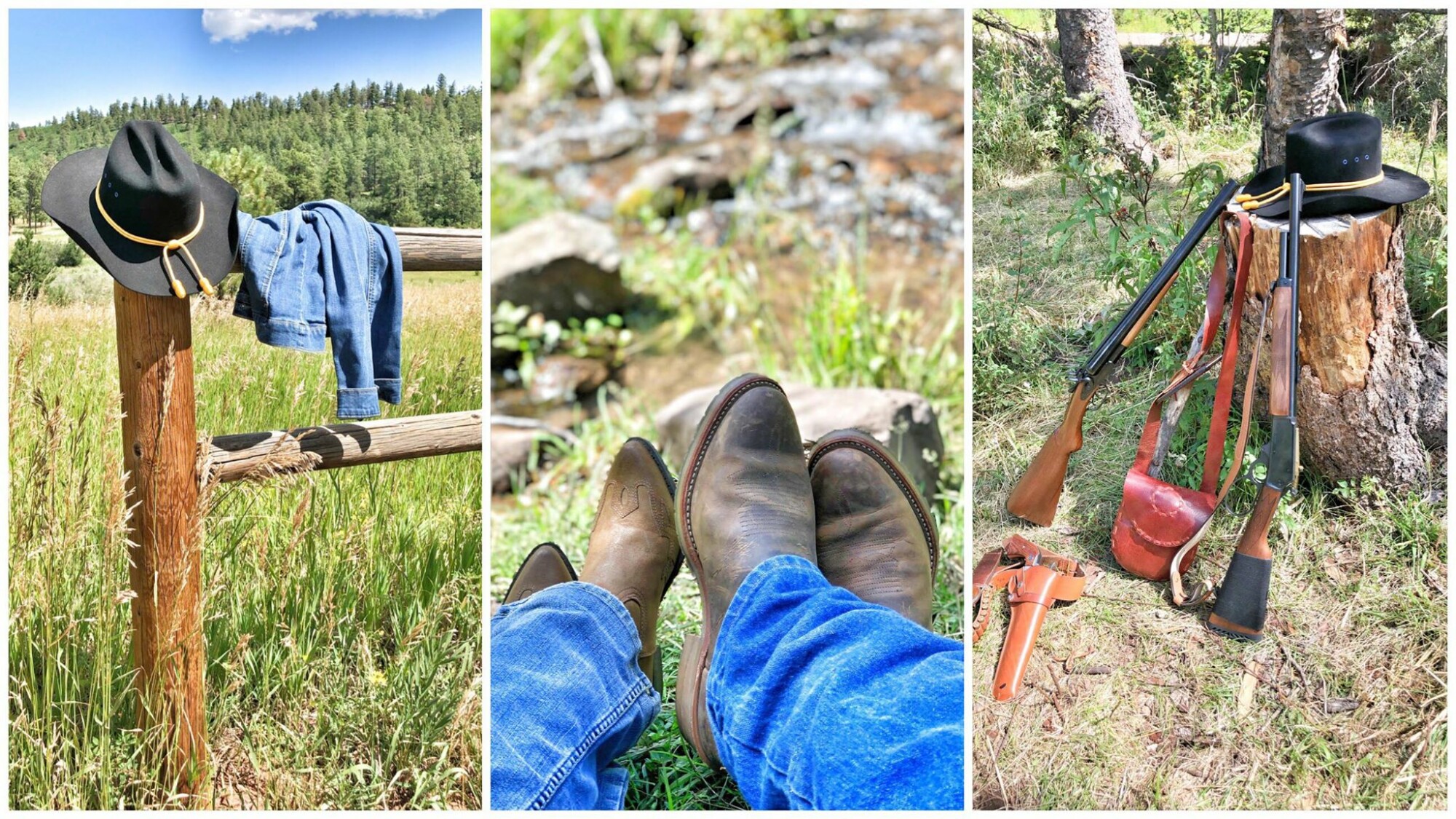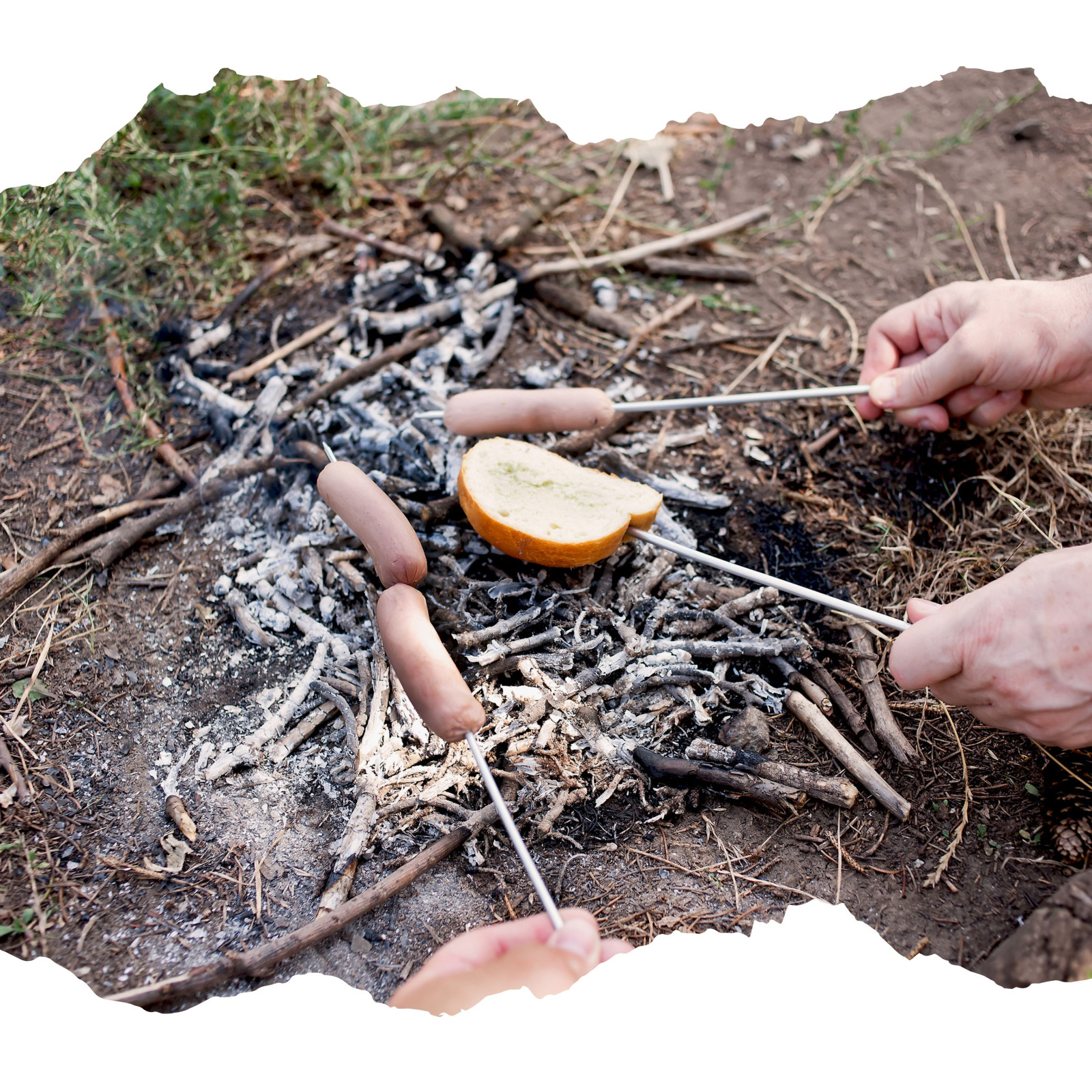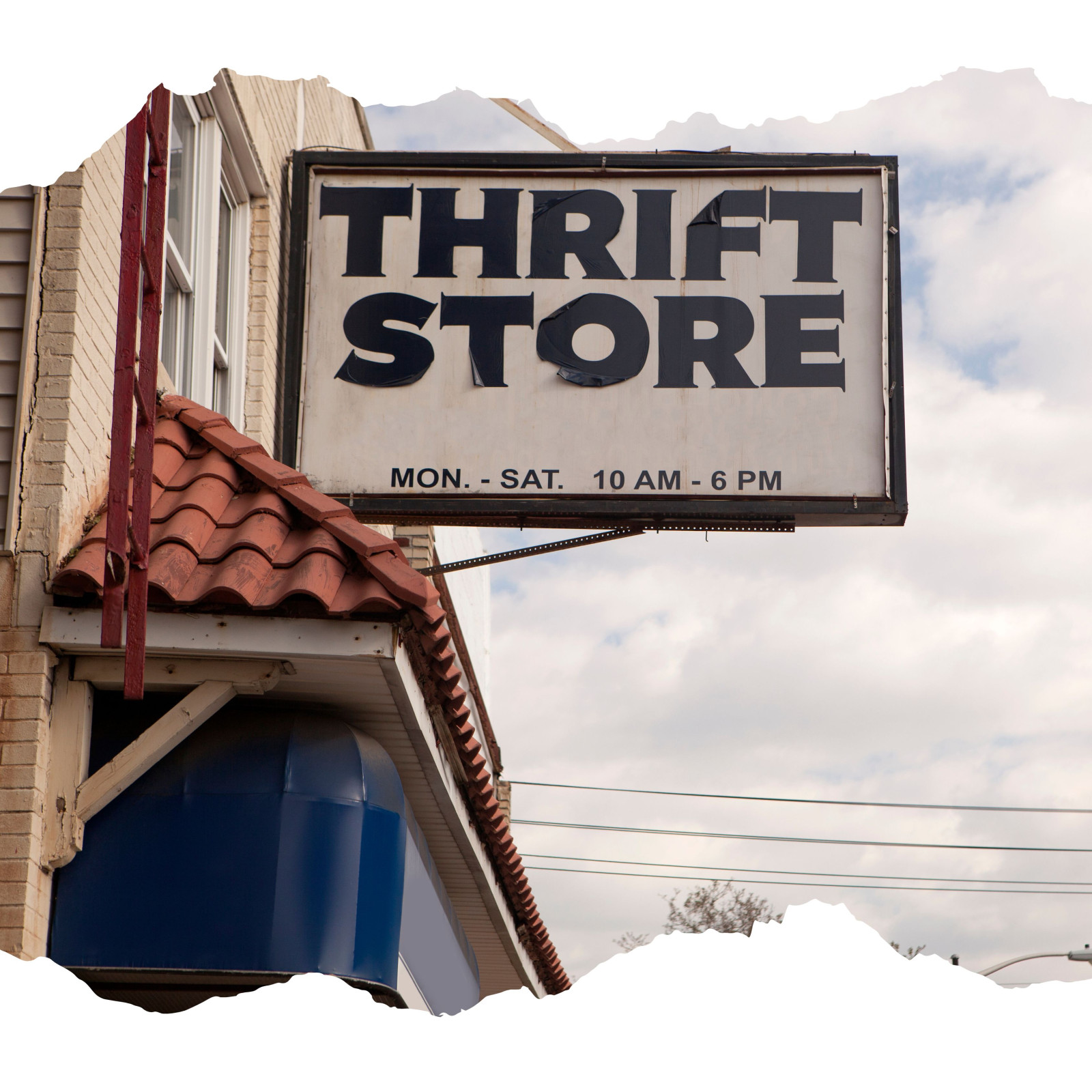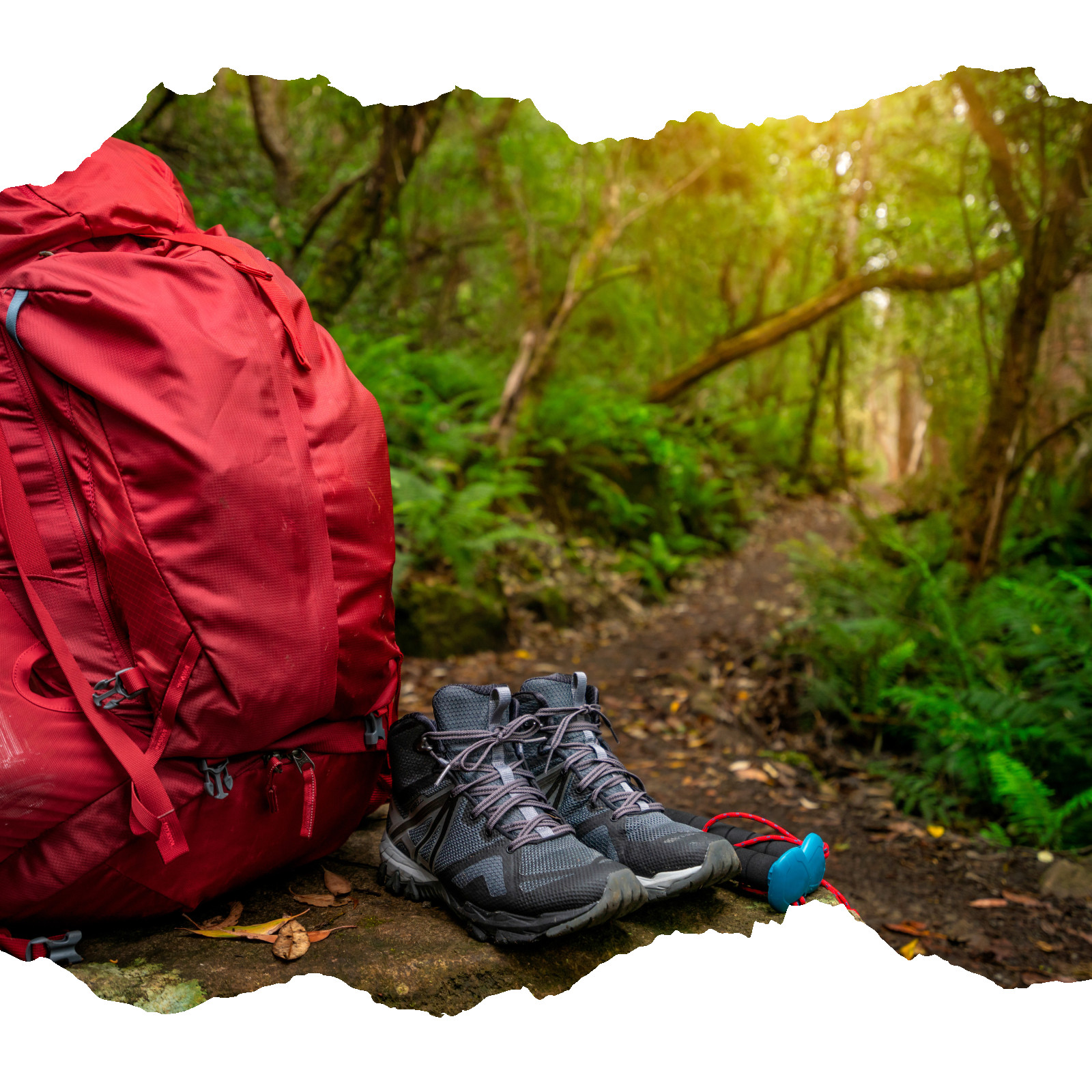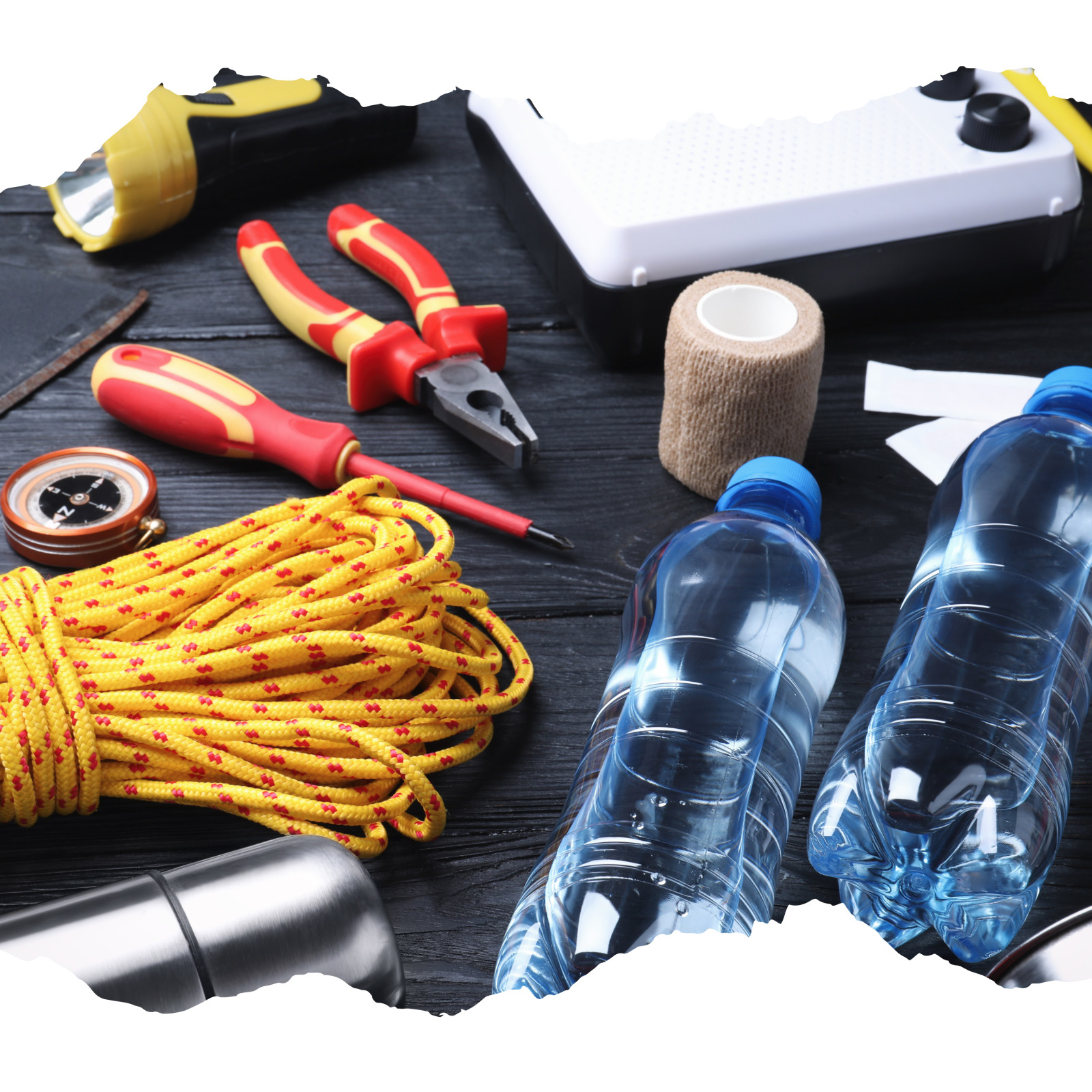
10 Affordable Survival Tools Every Beginner Should Own
Starting your survival gear collection doesn’t need to break the bank. Building a kit with essential tools can be simple and budget-friendly if you know where to begin. Often, it’s about prioritizing function and creativity over fancy gadgets. Below, we’ll walk you through ten must-have survival tools, following the 10 Cs of survival, to help you get started.
Remember, the best gear is what you have on you when you need it, so focus on items that are reliable and durable, even if they’re affordable.
1. Cutting Tools
When it comes to survival, cutting tools are indispensable. A good knife or axe can be the backbone of your kit for countless tasks like food prep, wood processing, and self-defense.
- Primary Knife: Look for a full tang, carbon steel knife with a 4”-6” blade. It’s sturdy for rugged tasks and easier to sharpen in the field. Skip the bulky Rambo-style knives; stick with functional, versatile designs.
- Folding Knife: A classic 3-bladed pocket knife is compact and perfect for small game cleaning or everyday tasks.
- Camp Ax or Hatchet: Small enough to carry but useful for chopping wood or building shelters. Tomahawks are also a fantastic lightweight option.
- Folding Saw: Lightweight and easy to pack, folding saws are great for processing wood quickly. On a tight budget? A cheap hardware store limbing saw gets the job done until you can upgrade.
Budget Tip:
Check local stores or online sales for knives and hatchets. Even lower-priced models can be a good starting point as long as they’re well-reviewed.
2. Combustion
Fire is life in a survival situation—it’s your heat, light, and cooking source. Here’s what to pack for reliable fire-making.
- Bic-Type Lighters: Affordable and reliable, but keep in mind that cold climates reduce their performance.
- Ferro Rod: A quality ⅜” ferro rod is a must-have for igniting fires in wet or windy conditions.
- Matches and Extenders: Pack waterproof matches and materials like cotton balls soaked in petroleum jelly to help you start fires faster.
Budget Tip:
Buy a multi-pack of lighters or matches to save money while stocking your kit.
3. Cover
Shelter protects you from harsh elements, and starting with something simple is better than having nothing.
- Tarp: A hardware store's heavy-duty 6’x8’ tarp is an excellent starter shelter option.
- Wool Blankets: Look for wool or wool-blend blankets at thrift stores or online military surplus shops. These insulate well, even when wet.
Budget Tip:
Save up for higher-end gear like waxed canvas tarps as you go, but don’t hesitate to use what’s within your means right now.
4. Containers
Staying hydrated and being able to cook are crucial. The right containers can do double duty in survival scenarios.
- Stainless Water Bottle: Opt for a single-wall stainless steel model. You can boil water directly in it to purify it.
- DIY Bush Pot: A cleaned and repurposed metal coffee can can act as a cooking pot in a pinch.
Budget Tip:
Check kitchenware aisles or recycle items like coffee cans to lower costs until you can invest in professionally designed bushcraft pots.
5. Cordage
From shelter building to repairs, cordage is a versatile tool.
- 550 Paracord: Lightweight and strong, its multiple internal strands can even be used as fishing line.
- Tarred Bank Line: Its tar coating makes it weather-resistant and excellent for lashing.
Budget Tip:
Start with paracord multipacks from big-box retailers and expand with heavier-duty options as you go.
6. Cotton Material
Don’t overlook simple, reusable materials for everyday survival tasks.
- Old T-Shirts or Scrap Fabric: These can be charred for your fire kit, cut into cleaning patches for firearms, or even used as wadding for muzzleloaders.
Budget Tip:
Raid your closet or pick up cheap materials from craft sections in department stores.
7. Cargo Tape
The uses for duct tape are practically endless. It’s a must-have for repairing gear, patching shelters, or even creating improvised tools.
- High-Quality Duct Tape: Brands like Gorilla Tape offer extra durability that's worth the small splurge.
Budget Tip:
Start with a standard roll of tape; even the most basic brands provide plenty of utility.
8. Candling
When the sun sets, or visibility is low, having reliable light sources can save you trouble.
- Tea Candles: Affordable and compact, they make great beginner options.
- Headlamp: Even a cheap AAA-powered model provides hands-free lighting, perfect for night tasks.
- Long burn candles: Long lasting, good value for the money.
Budget Tip:
Bulk packs of tea candles are dirt cheap and long-lasting, making them ideal for beginners.
9. Compass
Navigation is essential, but quality matters in this category.
- Basic Compass: While an inexpensive model can get you started, save up for a better one over time. Even a basic compass is better than none.
Budget Tip:
Watch for sales or clearance deals on reliable compass brands.
10. Canvas Repair Needle
Small but mighty, a repair needle is your go-to for mending gear.
- Needle Variety Pack: Find inexpensive multi-packs in the craft section of department stores.
- Carrying Method: Loop one through the laces of your bag or sheath so it’s always within reach.
Budget Tip:
This is one of the cheapest additions to your kit, so grab a pack early on.
Bringing It All Together
Building a survival kit doesn’t have to happen overnight, and it doesn’t have to cost a fortune. Start with these ten affordable items, and you’ll have a strong foundation to grow from. Whether you’re assembling a go-bag or practicing your bushcraft skills, these tools offer functionality without breaking the bank.
What’s the first item you’ll add to your kit? Share your thoughts below, and if you’ve already started building your kit, tell us what tools you swear by! Remember, preparedness is a gradual process—every step forward is progress.
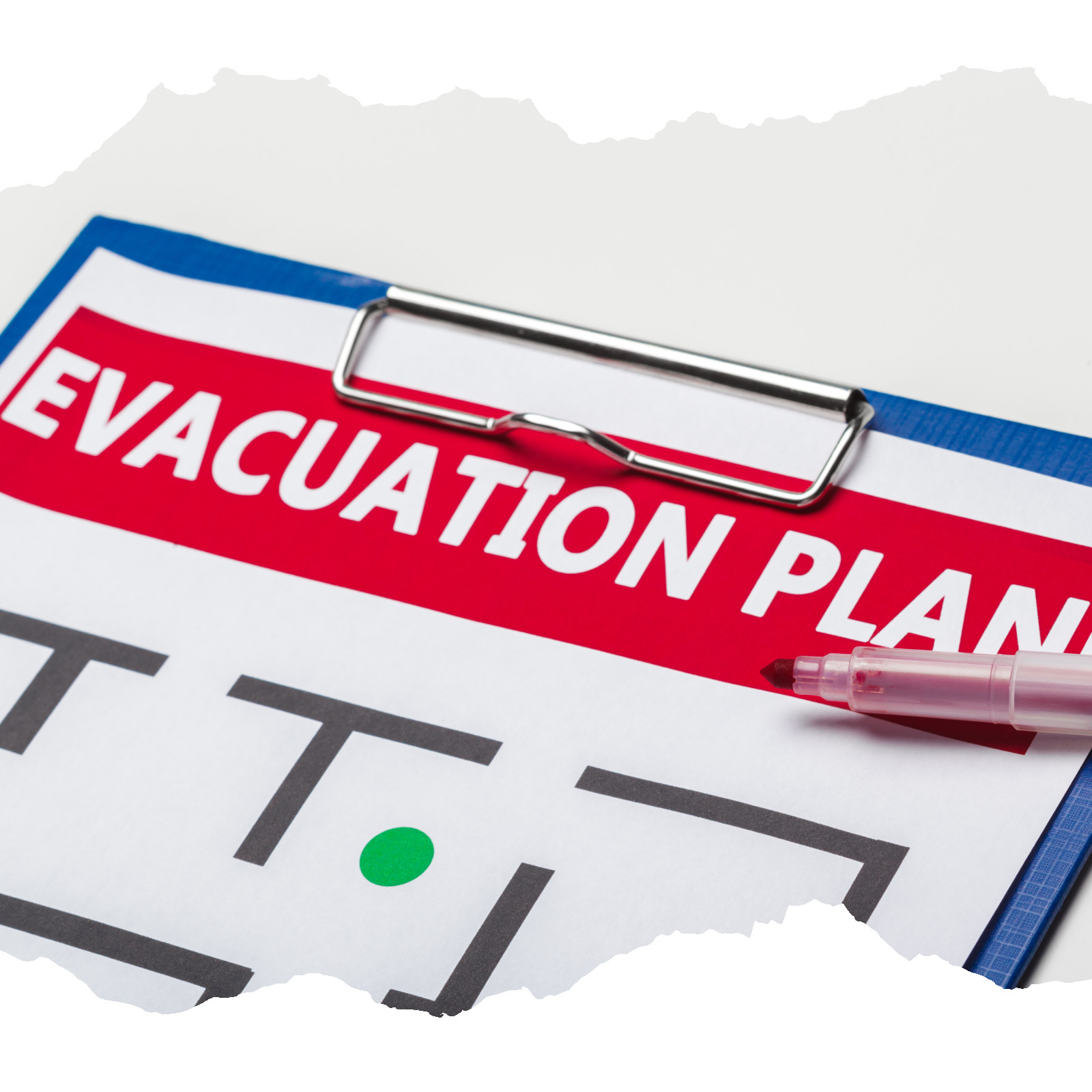
Urban Evasion Tactics: Strategies for Blending, Observing, and Escaping
When it comes to navigating sticky situations in dense, urban environments, a solid understanding of evasion tactics can be the difference between staying unnoticed or becoming a focal point. Though it may feel extreme to think about "evasion," it's a skill set rooted in observation, self-awareness, and planning. Whether you're responding to a crisis or just want to improve your survival know-how, understanding how to move undetected and manage your surroundings can be an invaluable tool for safety.
Let's dig into some actionable tactics, drawing lessons both from field experience and stories of survival, so you can proactively prepare for whatever challenges may arise.
Observational Skills
Evasion starts with a sharp sense of awareness. Before making any movement, it’s crucial to read your environment. Think of it as slipping into “full-on hunting mode”—take in everything. What can you see? What do you hear? Are there any unfamiliar sounds or changes compared to yesterday? Even smells can be indicators; something like cigarette smoke or someone unwashed can tip you off to nearby activity.
Practical Observational Tips:
- Look for Changes: Anything that seems different—an object out of place, new people, or fresh tracks—could mean someone has entered the area.
- Learn Patterns: Observe normal routines around you. When do people leave for work? When do they return? If you know the rhythm of your surroundings, it becomes easier to blend in seamlessly—or avoid being caught off guard.
- Stay Quiet: When playing the “urban hunter” game, silence is golden. Be deliberate with your movements, and minimize sound when moving or interacting with objects.
Taking in the bigger picture of your environment is the first step to staying ahead of any potential threats or challenges.
Disappearing in Plain Sight
“Gray Man tactics,” or blending into the environment to avoid standing out, aren’t just about camouflage—it’s mindset and behavior. Sometimes, the safest place to be is where no one suspects you.
If you’re operating from a temporary base in an urban area, your best option is to move around invisibly. Work around the existing patterns of others. Make use of their habits and routines to mask your own actions. For inspiration, look no further than stories like The Diary of Anne Frank or The Great Escape, which highlight the art of moving silently and unobtrusively in occupied spaces.
Practical Tips for Gray Man Tactics:
- Light & Noise Discipline: If your survival depends on staying hidden, avoid creating any light sources, loud noises, or movements during inactive hours while most people are sleeping or gone.
- Keep Low Profile: Avoid heavily populated or well-lit spaces. Blend into less-distinct, quieter spots when out and about to reduce exposure.
- Synchronize Activity: If possible, follow the natural rhythms around you. For example, time your movements during moments when others are outside or distracted.
Urban survival often means working effectively within—and around—the behaviors of others, taking cues from every movement around you.
Blending into Crowds
Sometimes, you may need to move during the day in relatively normal conditions. This is where disappearing into the crowd becomes crucial. Standing out—even unintentionally—can draw unwanted attention from anyone observing the area, including law enforcement or other authorities.
Staying Unnoticeable in a Crowd:
- Dress to Match: Avoid being overdressed or carrying bulky gear that screams “prepper” or “survivor.” Look like everyone else.
- No Staring: Don’t fixate on specific objects or people around you. Humans are perceptive; if you watch someone too long, they’ll likely pick up on it.
- Move Calmly: If you feel like you’re being watched, don’t panic or speed up. Avoid building patterns, like always taking the same route or traveling at the same time each day.
Human beings, like many animals, can instinctively feel when they’re being observed. The key is to avoid sending signals that make you stand out from the crowd. A calm, neutral demeanor is your best weapon in this scenario.
Tactical Withdrawal
If things heat up and you need to get out—fast—it’s all about planning and adaptability. Ideally, this begins long before you need to act, with pre-packed gear and a fundamental plan in mind. The goal is to make your exit as quietly and safely as possible, reducing any signs that you’ve moved or where you might have gone.
Exiting Safely:
- Pre-Planning Matters: Always have an evacuation route in mind. This includes secondary back roads, alleys, or lesser-used paths where fewer eyes will be.
- Cover of Darkness or Weather: If you need to move fast, use darkness, rain, or fog to mask your movements. These conditions naturally obscure vision and create distractions.
- Pack Light, Pack Smart: Your gear should be efficient—not bulky or cumbersome—allowing for quick mobility. Aim for tools that cover many purposes to minimize load.
- Blend with the Locals: If you have to make your way through a rough neighborhood, consider mirroring the outward appearance and behavior of the locals to avoid drawing attention.
If leaving by vehicle is an option, keep your actions subdued and orderly, but be prepared to ditch it if necessary. For more intense situations requiring movement on foot, following contingency plans and sticking to secluded areas will give you the upper hand.
Think of it like the ultimate game of Hide & Seek—success depends on your ability to stay unnoticed while smoothly moving toward safety.
Final Thoughts and Next Steps
Urban evasion tactics require a mix of careful observation, stealth, and adaptability. Whether you're mastering the art of becoming a Gray Man, blending into the fabric of the crowd, or planning a quick exit, these skills are rooted in preparation and awareness.
Take a moment to consider your surroundings and your plans. How confident are you in your ability to stay undetected, should the situation require it? Urban environments may seem overwhelming, but with a clear strategy and consistent practice, you can move safely and smartly when it matters most.
Stay tuned for more strategies on this topic. What urban survival skills have you considered or practiced? Drop a comment below and continue the conversation—because being prepared is never a solo mission.
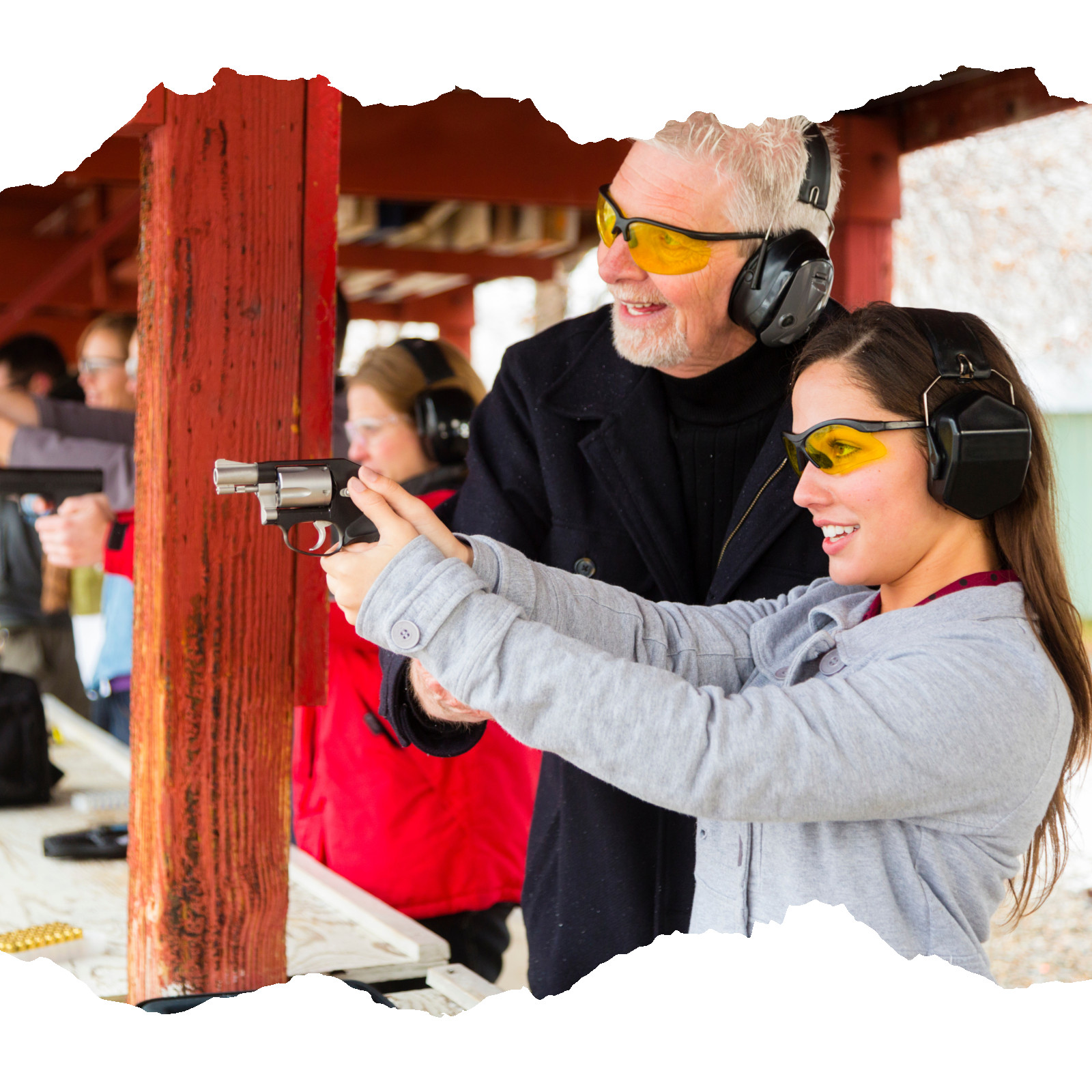
Firearms Safety & Preparedness for Beginners
When it comes to preparedness, having the tools and knowledge to protect yourself and your loved ones is paramount. For many people, firearms play a crucial role in that plan. We believe firearms and preparedness go hand in hand, but we also respect that it’s a personal choice. If you’re just starting out and feel that firearms are an essential part of your prepping kit, we’re here to share the basics to help get you started safely and responsibly.
Preparedness with firearms is about more than just having the tools—it’s about knowledge, respect, and practice. Let’s break it all down.
The 4 Rules of Firearm Safety
No matter your level of experience, firearm safety is non-negotiable. It begins and ends with the 4 Cardinal Rules of Firearm Safety. Mastering these rules ensures you minimize risks and handle your firearm responsibly at all times.
- Treat every gun as if it were loaded.
Always assume there’s a round in the chamber. This mindset prevents careless handling and keeps you naturally cautious. - Keep the muzzle pointed in a safe direction.
Never, ever point your firearm at anything you’re not willing to destroy. This simple rule can protect lives if the worst-case scenario happens. - Be certain of your target—and what’s beyond and around it.
Know exactly where your shot will go and whether it can hurt someone or cause unintended damage. Awareness of your surroundings is key. - Keep your finger off the trigger until you’re ready to fire.
This is rule #1 for preventing accidental discharges. Your “booger picker” doesn’t belong on the trigger until your sights are on target, and you’ve made the decision to shoot!
By committing these rules to heart, you’ll build a foundation for safe firearms handling that becomes second nature over time.
Safe Storage Practices
Proper storage is a must, particularly if you share your home with others or have children around. Keeping your firearms secure doesn’t mean sacrificing accessibility—it just means ensuring they’re stored in a way that prevents unauthorized use.
Here are some safe storage tips to keep in mind:
- Separate Firearms and Ammunition:
Store them in different secured locations unless it’s a firearm designated for immediate self-defense. - Use Gun Safes or Lock Boxes:
There are countless options available, from biometric safes to simple lock-and-key models. These provide secure access for authorized users while keeping firearms out of sight from visitors or curious little hands. - Keep Self-Defense Firearms Accessible to Authorized Users Only:
If you have a self-defense weapon, it should be stored in a manner that prevents anyone but you (or a trained household member) from accessing it. For example, compact safes with quick, coded locks are excellent for bedside storage.
Remember, even if you’re home, your firearm should be within your control at all times—whether it’s holstered on your person, secured, or both. For budget-friendly options, brands like Sentinel offer durable solutions at big box stores.
Practice & Training
Preparedness isn’t just about owning a firearm; it’s about knowing how to use it confidently and safely. Regular practice and training are non-negotiable if you want to be proficient.
Range Considerations
If you live in a rural area, you might have the convenience of practicing on your own property. For urban dwellers, memberships at indoor or outdoor ranges are a smart investment. These spaces provide a safe, controlled environment for honing your skills and practicing regularly.
Discretion is also important—don’t flash your purchases or make a show of transporting firearms and ammunition. If possible, disguise or conceal your gear to avoid attracting unwanted attention, especially in an urban setting.
At-Home Practice
Even if you can’t hit the range often, you can still practice the mechanical fundamentals of shooting at home. Dry fire exercises (with no live ammo present) are an excellent way to build muscle memory for stance, grip, and trigger control. However, be mindful of the 4 Cardinal Rules of Firearm Safety while practicing at home, and never dry fire rimfire firearms, as it may damage them.
The more time you invest in training, the more prepared and confident you’ll be. With firearms, proficiency can make all the difference in a high-pressure situation.
Take Action Toward Preparedness
Integrating firearms into your preparedness plan is more than just buying the hardware—it’s about responsibility, practice, and safety. By following the principles shared here, you’re well on your way to creating a solid foundation for firearm safety and preparedness.
Whether you’re just starting out or brushing up on the basics, staying informed and diligent is key to being prepared. This is just the beginning of your adventure—embrace the learning process and make safety your priority every step of the way.
Have you taken steps to prepare with firearms? What’s been the most helpful tip you’ve learned along the way? Share your thoughts or questions in the comments below, and remember to always stay smart and safe!
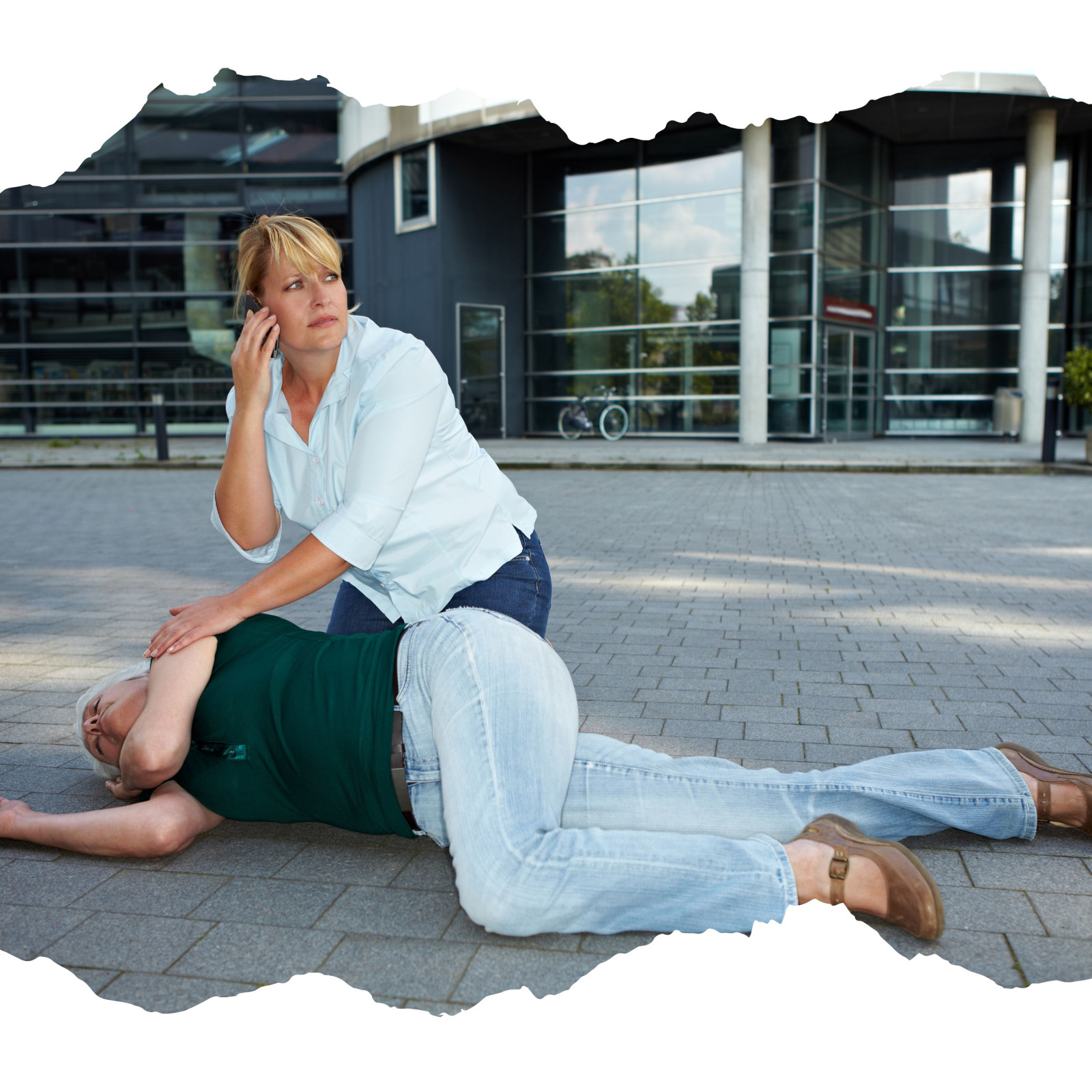
Recognizing and Treating Shock: Essential First Aid Knowledge
When emergencies strike, knowing how to respond quickly can save lives. One of the first and most critical steps in first aid is to assess and, if needed, treat for shock. Regardless of the type of injury or illness a person has, treating for shock should always be a priority in any first aid situation. Being prepared with the knowledge and skills to handle it can make all the difference in the outcome.
Understanding Shock
Shock occurs when there’s not enough oxygenated blood reaching the body’s vital organs. This condition impairs the body’s ability to function and can emerge from a variety of causes, including external injuries or unseen internal issues. While it may look different depending on the person and situation, the effects of shock are always serious.
Shock can accompany anything from severe trauma, major bleeding, or burns to less obvious internal complications like blood loss, dehydration, or even an underlying medical condition. This is why understanding how to recognize and treat it is so important—it can happen to anyone, anywhere, at any time.
Signs of Shock
Spotting the signs early can prevent a situation from escalating. While shock may present in different ways, some common indicators include the following:
- Confusion or lack of alertness
- Loss of consciousness
- Rapid heartbeat or a fast, thready pulse
- Profuse sweating
- Cool, clammy skin
- Pale complexion or noticeable loss of color
- Rapid, shallow breathing
- Decreased or ceased urine production
Recognizing a combination of these symptoms may suggest a person is experiencing shock. A quick assessment and timely action can prevent the condition from worsening.
Steps to Treat Shock
If someone is showing signs of shock, acting quickly and confidently is key. Follow these steps to stabilize their condition while seeking further help if available:
- Have the Person Lie Down
Place the individual flat on their back. This position helps improve blood circulation to the critical organs. - Elevate the Legs and Feet
If there are no signs of spinal, head, or leg injuries, raise the person’s legs about 12 inches off the ground. This can help direct blood flow back toward the core. - Loosen Tight Clothing
Remove or adjust any restrictive clothing items like belts, ties, or jackets to promote better circulation and comfort. - Prevent Chilling
Cover the person with a blanket or jacket to keep them warm. Shock can often cause a drop in body temperature, so minimizing further heat loss is vital. - Check for Injuries
Before focusing solely on treating for shock, look for and address any external injuries. Apply first aid to wounds or bleeding while monitoring the person’s condition. - Respond to Unconsciousness
If the person loses consciousness or faints, check for injuries resulting from their fall. Administer CPR if they are not breathing and follow shock treatment protocols. - Seek Medical Help
Whenever possible, call for medical assistance. While basic first aid can buy time, a person in shock may need advanced medical treatment to recover fully.
Be Prepared and Stay Calm
Shock is a common medical emergency, but it’s something you can stay ahead of with awareness and preparation. Whether you’re dealing with an outdoor mishap, home accident, or an emergency in a public setting, knowing how to recognize and treat shock ensures you’re ready to act when every second matters.
Keep this knowledge close to your first aid toolkit and share it with friends or family. You never know when you might need to react to save a life.
Have you encountered a situation where recognizing shock made a difference? Share your story in the comments below! Stay informed, stay prepared, and stay safe.

Urban Camouflage Techniques: Blending in During Urban Survival
When survival depends on discretion, standing out is not an option. Whether you’re navigating a chaotic urban environment or preparing for a potential emergency, blending in is critical to keeping your resources—and yourself—safe. Desperate times can bring out the survival instincts in everyone, and those who didn’t prepare may see you as their best opportunity for food, water, or supplies.
The answer? Camouflage.
Not the stereotypical ghillie suits and face paint you might imagine, but adopting an unremarkable, everyday presence using the Gray Man technique. Your goal is to avoid attracting attention and keep your belongings, supplies, and shelter overlooked. Here's how to do it effectively.
Not the stereotypical ghillie suits and face paint you might imagine, but adopting an unremarkable, everyday presence using the Gray Man technique. Your goal is to avoid attracting attention and keep your belongings, supplies, and shelter overlooked. Here's how to do it effectively.
1. Personal Camouflage
When it comes to your appearance, the trick is to blend into the crowd. Avoid wearing or carrying anything that makes you stand out or signals that you’ve got valuable supplies. Here are some pointers to keep yourself under the radar:
- Avoid "Tacti-Cool" Gear: Military-style MOLLE backpacks, BDUs (Battle Dress Uniforms), or SWAT-like attire scream preparedness or tactical readiness. Instead, opt for simple, nondescript bags like a drawstring pack or plain shoulder bag. These are far less likely to attract attention.
- Conceal Your Firearm: If you're carrying a weapon, keep it discreet. A dependable concealed-carry sidearm is much less noticeable than a rifle slung across your back. If you must carry a rifle, opt for something subtle like a lever action rather than an intimidating tactical firearm.
- Blend With the Crowd: Dress like the locals. Neutral-colored hoodies, jeans, work pants, and sturdy boots can help you disappear into the background. Avoid logos or wear something widely recognizable as ordinary. For example, in Alaska, ExtraTuff boots and a basic hoodie might be the perfect camouflage.
The key is to appear unremarkable—a person no one would remember in passing conversation.
2. Home or Camp Camouflage
Your home or camp should also avoid drawing any unnecessary attention. If people think there’s nothing of value inside, they’re less likely to investigate. Here's how to keep your base inconspicuous:
- Disguise Your Garden: If you're growing food in a backyard, consider letting taller grass or weeds grow around it to obscure its presence. A well-maintained garden could hint at an abundance of resources.
- Smokeless Cooking: Use a smokeless “rocket” stove for outdoor cooking to avoid producing visible signs of activity. When possible, stick to boiling or quick cooking methods to minimize tasty aromas that could attract others. Now is not the time to roast large meals or fry food, as smells travel far.
- Keep It Unremarkable: Balance your property’s appearance between “dream home” and “abandoned.” Overgrown lawns, broken fencing, and neglected exteriors can make it seem like there’s nothing worth investigating. Avoid decorative lighting, flashy landscaping, or overt displays of wealth.
Keep things simple—always. Following the KISS (Keep It Simple Stupid) principle will ensure your home blends into the background.
3. Vehicle Camouflage
Your vehicle can quickly become a target in an urban survival situation if it screams “supplies inside!” To reduce the risk, pay careful attention to how you outfit and present your vehicle:
- Don’t Flaunt Gear: While fuel cans, water jugs, and roof racks may be practical for outings, they’re an open invitation for others to raid your supplies. Keep these items covered or hidden. If you don’t have a truck bed cover or topper, place large, ordinary items above or in front of valuable gear to obscure it.
- Avoid Stickers and Decals: Those “cool” tactical or hunting-themed stickers are essentially advertisements telling people you’re likely carrying gear, guns, or valuables. Leave your affiliations and hobbies off your windows and bumper.
- Stay Low-Key: A plain, nondescript vehicle is ideal. If possible, keep any survival-ready or heavily customized vehicles, like your “Mad Max Marauder Special,” stored in a garage or covered until they’re absolutely needed. This keeps them out of sight and off others’ mental radar.
- Consider Alternative Transport: Bikes are a fantastic way to travel quickly and quietly without drawing too much attention. Plus, they don’t rely on fuel, which could be a scarce resource in a crisis.
Remember, “less is more” when it comes to your vehicle’s survival modifications.
Prepare to Blend, Not Stand Out
Surviving an urban crisis isn’t just about what you have—it’s about how well you can go unnoticed. By camouflaging yourself, your home, and your vehicle, you reduce the risk of unwanted attention and significantly increase your chances of holding onto your hard-earned resources.
Adopting the Gray Man philosophy requires forethought and intentionality, but it can mean the difference between safety and danger in desperate times.
Start incorporating these techniques into your preparedness routine today. Being unremarkable has never been more important—or more effective. Stay sharp, stay safe, and stay Gray.
What’s your favorite urban camouflage tip? Share it below in the comments!


